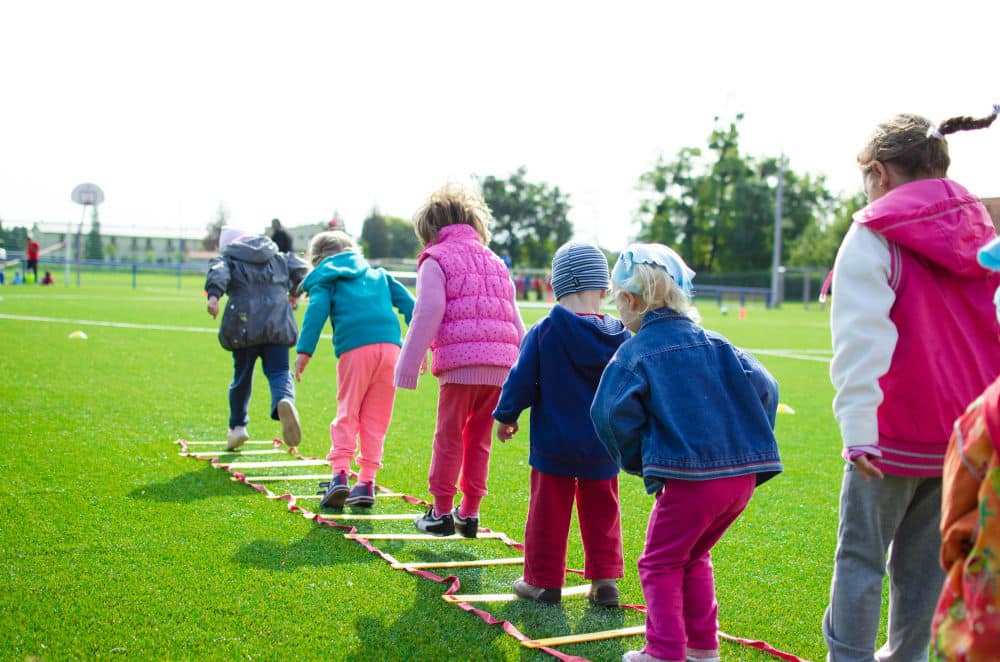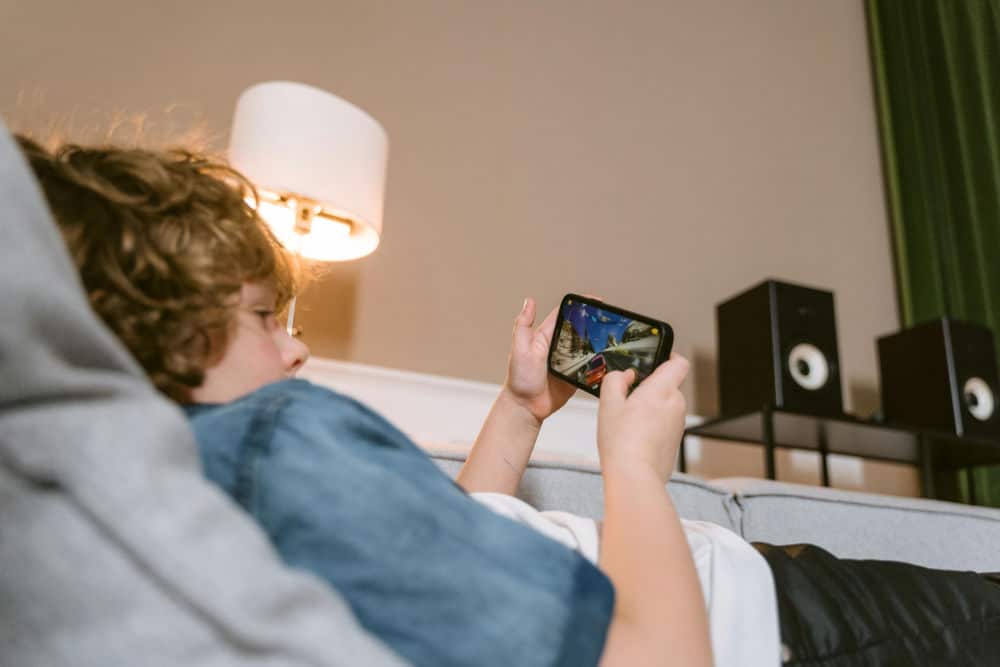
If you grew up at a time when mobile phones and social media didn’t exist, you probably recall a childhood spent predominantly outdoors, getting up to all kinds of mischief with friends and children from the neighbourhood. For children growing up today, the reality couldn’t be any more different. In order to understand the huge contrast in how children grew up in the 1980’s and 90’s, to how they’re growing up today, social psychologists such as Jean Twenge and Jonathan Haidt, amongst others, continue to study how advancements in technology which have occurred over the last 20 – 30 years and changes on a societal level, are impacting children.
Apart from the introduction of smart phones, a number of cultural and societal changes have taken place in the last 20 or so years. The play-based childhoods older generations enjoyed were replaced by fearful, overprotective parenting in the real world. Psychologists have suggested that in the 1980’s and 1990’s, parents started to give children less autonomy as towns and cities became more urbanised, populated and car-centric. Increased numbers of people opting to move to different cities or abroad for work opportunities has meant that knowing who lives in the neighbourhood has become increasingly more difficult. Increased access to news, and reports of children experiencing abuse, instilled in adults the belief that other adults couldn’t be trusted. The culture whereby adults intervened when they saw children misbehaving or doing something dangerous changed to one of – ‘Stay away from other people’s children’. As a result, children began to spend much of their time indoors, engaging online.
When psychologists express concern about the movement away from a play-based childhood, this is because children learn important life skills through free play. Free play is defined as activity that’s freely chosen and directed by those participating, and undertaken for its own sake rather than for some sense of achievement. A key feature of free play is that mistakes made are not very costly. Some physical risk may exist but it’s through such risk that children learn to take care of themselves, and others, and pick themselves up when hurt or embarrassed. Children learn to tolerate their falls, manage their emotions, read the emotions of other children, play fair, stand up for themselves and resolve conflicts. It’s through such experiences that children enhance their communication skills and learn to navigate human relationships, building confidence and resilience in the process. Children, naturally, are motivated to learn such skills so as to continue to enjoy these interactions with other children and feel a sense of belonging.

Since many children and adolescents now own a smartphone, free play has significantly reduced. This is hardly surprising, considering that a phone is much more exciting for young people than reading a book, playing a board game or spending time with family and friends. Smartphones were introduced in 2007, meaning children born in the late 1990’s, the Gen Z’s, were the first generation to go through puberty in the virtual world. Boys slowly disappeared into a world of online gaming, Youtube and porn sites whilst girls’ social lives increasingly moved onto social platforms. We need to remember that, apart from having access to interesting and educational content online, there is also plenty of harmful content that children are being exposed to. These include social media sites which encourage social comparison and unachievable beauty standards, and a form of interacting which is performative, involving posting content and waiting for a response or validation from a large audience. Mistakes or failings online are not as harmless as those occurring in free play, and often result in online and offline bullying and rejection from a large group of people. Needless to say, this can be very distressing for a young person, particularly due to the rate at which such information can be shared.
It’s important to note that between 2010 and 2015, rates of mental health, particularly anxiety and depression, surged amongst Gen Z’s. Similarly, a 2023 report by the American Psychological Society asserted that the mental health of children and teenagers is in crisis. This is the result of numerous factors and not just the phone-based childhood. However, it’s important we look at the way technology is impacting young people and contributing to reduced mental health.
Anyone reading this article who works with children or has a child, may feel very concerned and eager to understand what they can do to ensure their children’s wellbeing is safeguarded. We can’t stop technology evolving, or our children engaging online. However, this is the time to start seriously thinking about whether children should have access to a phone, the age teenagers should be allowed a phone, and what limits and boundaries can be implemented to keep them safe. For further information about how technology and access to smartphones is impacting children and adolescents, I suggest reading ‘The Anxious Generation’ by Jonathan Haidt.






